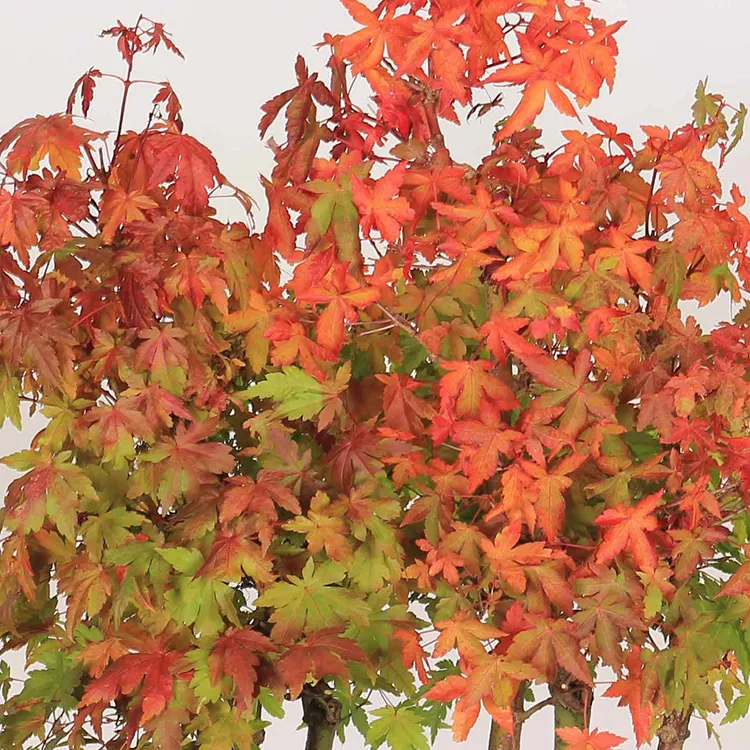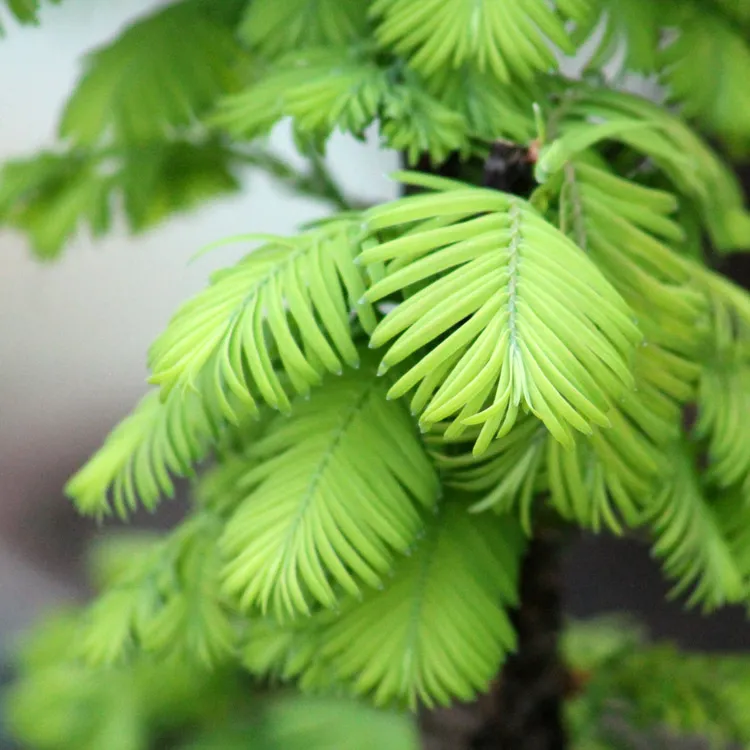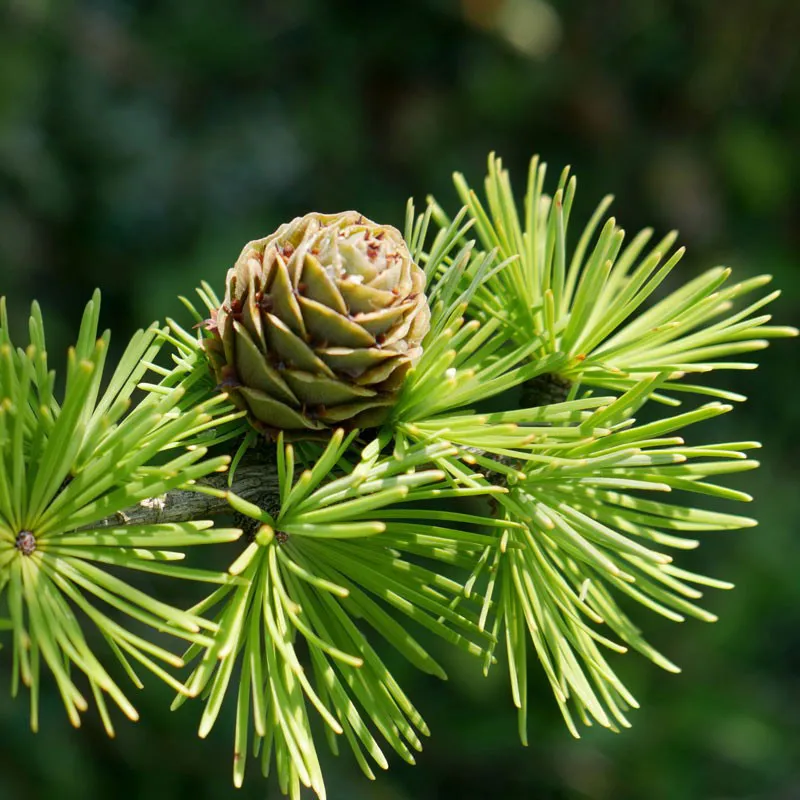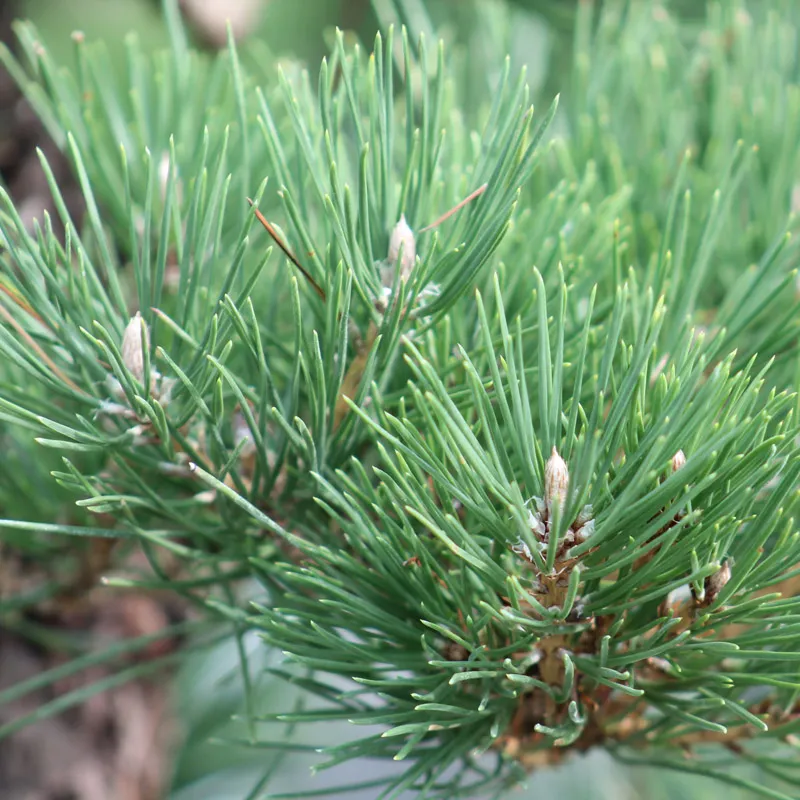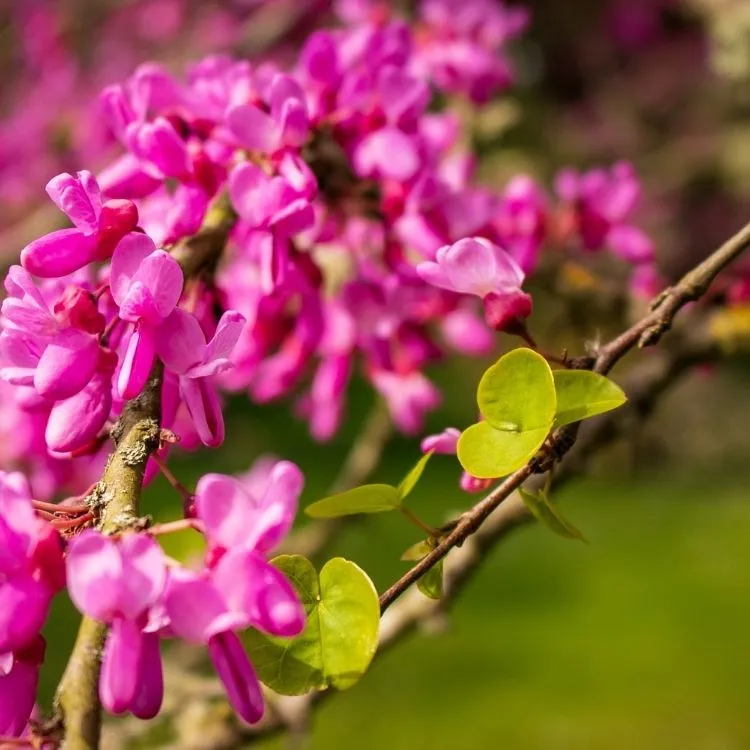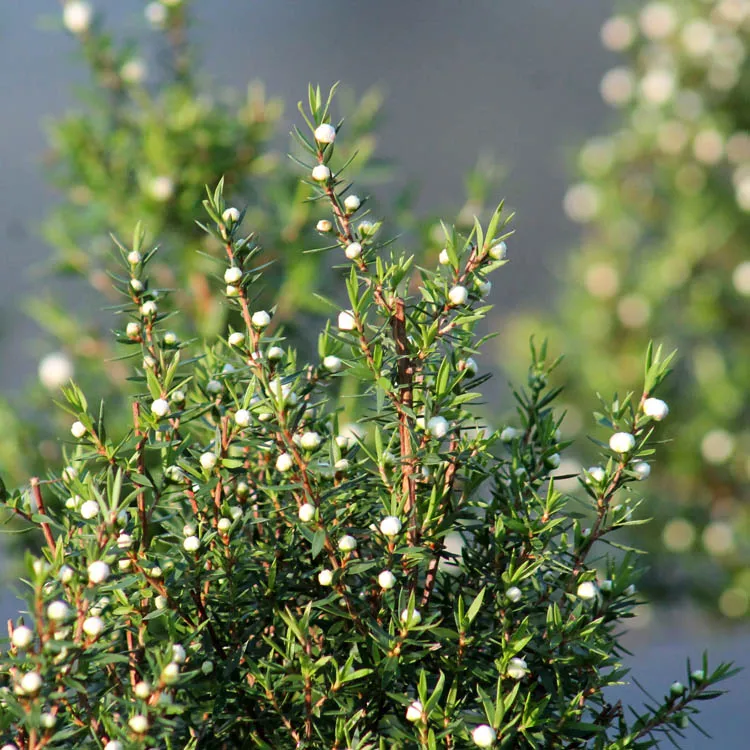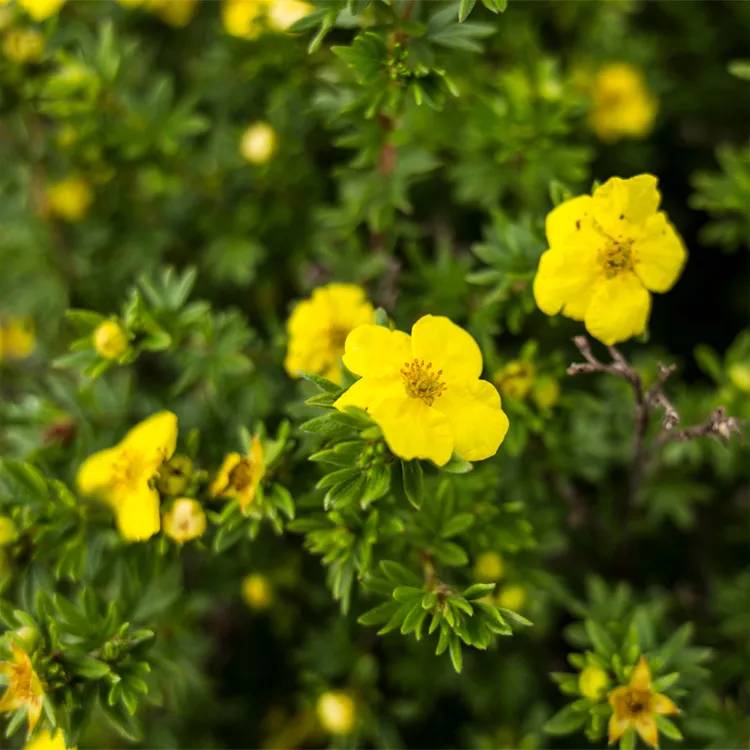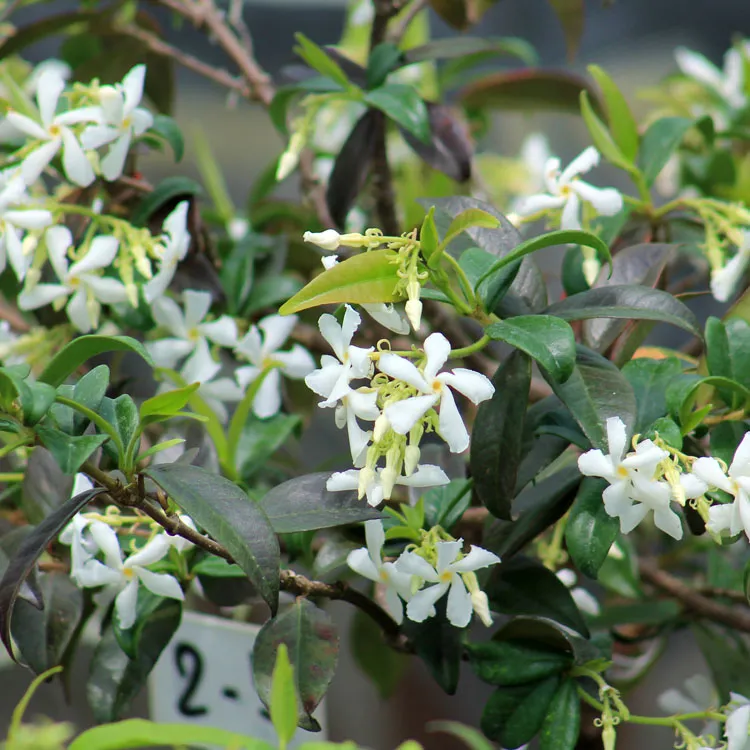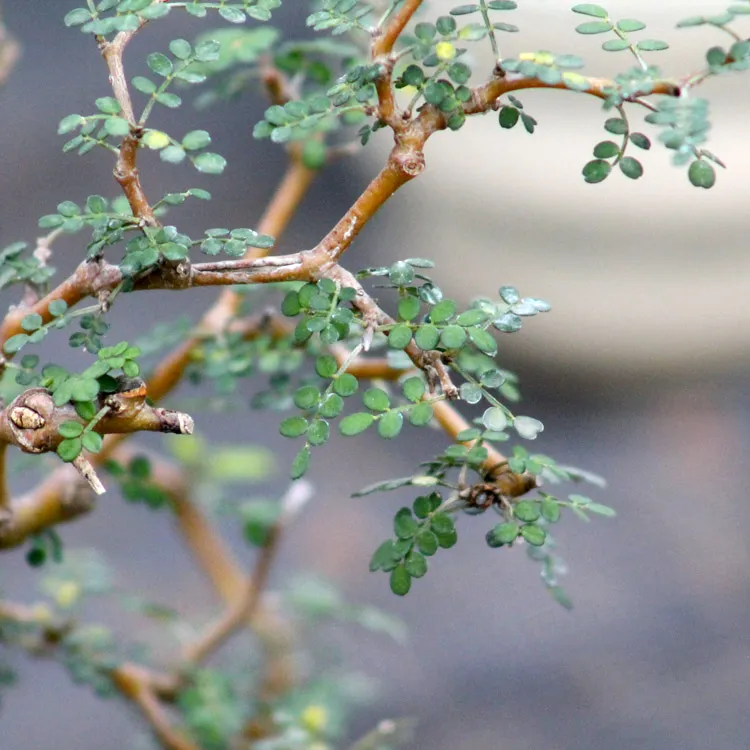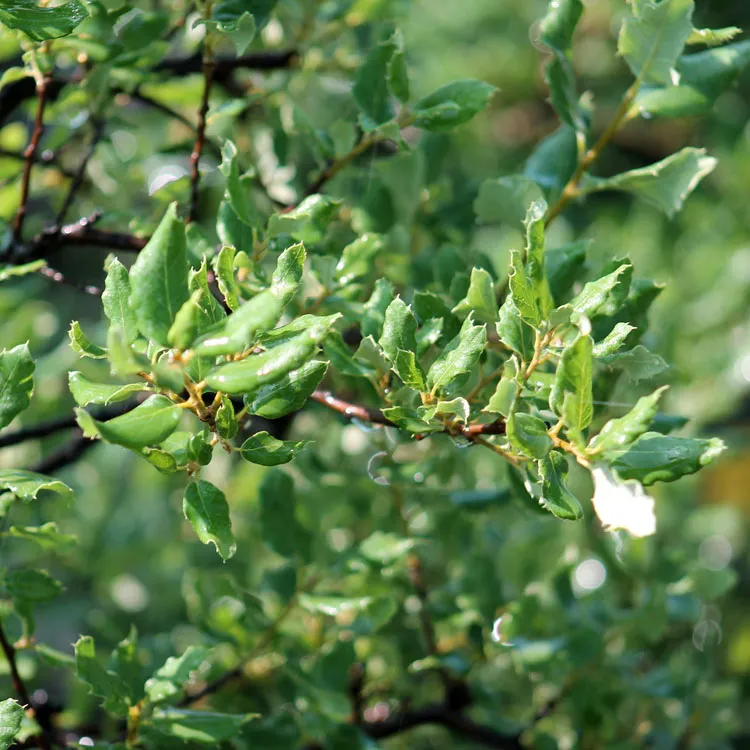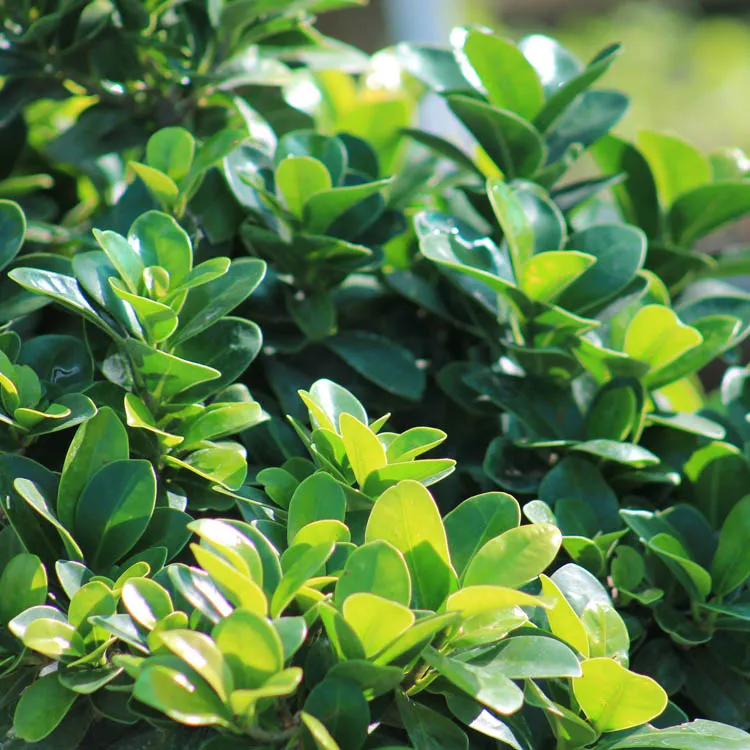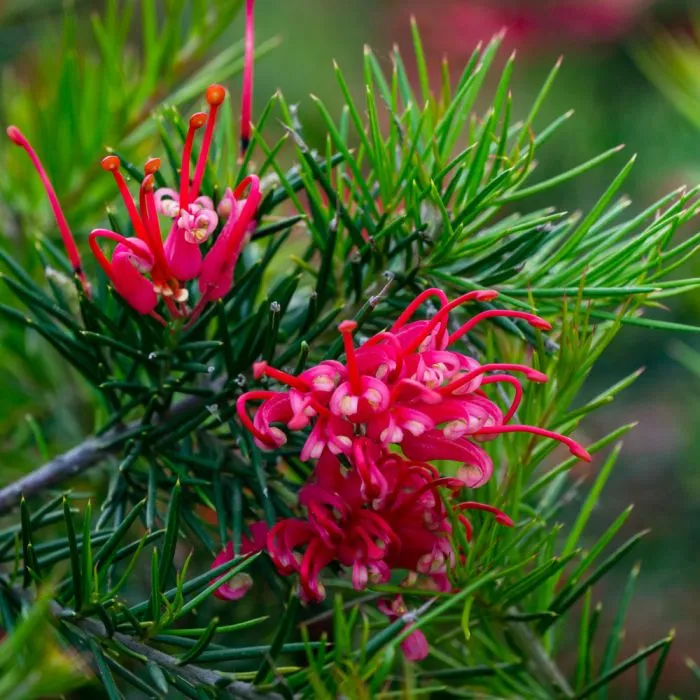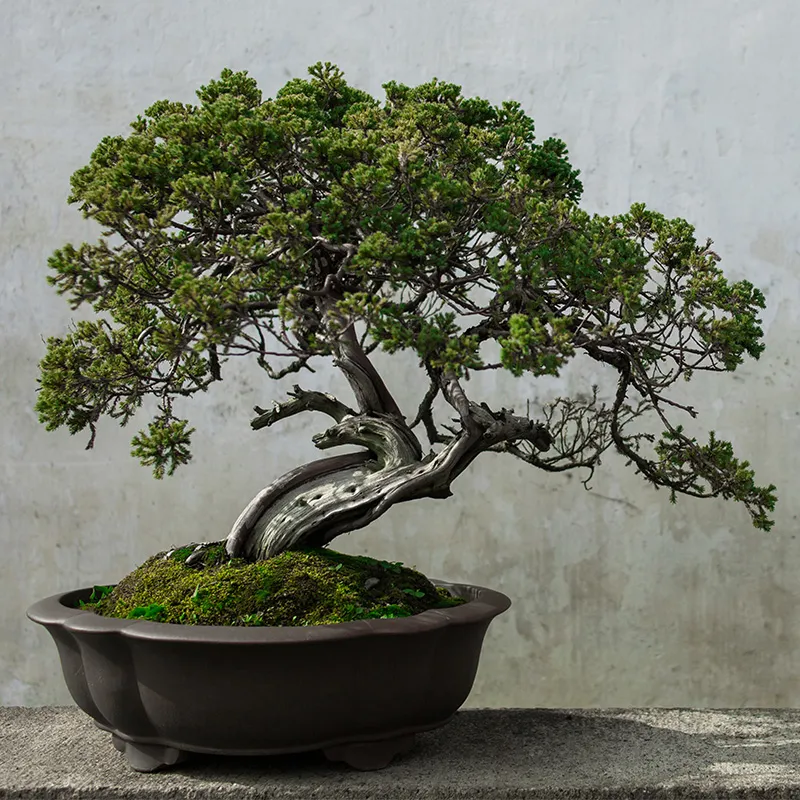A bonsai pot has several functions. First of all, it should serve as a growing container for your tree, but you shouldn't forget about the aesthetic aspect either. The pottery for your bonsai is like the frame of a painting, it must complement it, enhance it. There are pots in various shapes, sizes, colors, so how do you make the right choice?
Choosing the right pot for your bonsai
Before addressing aesthetic considerations, it is first necessary to talk about cultivation, and especially about the different stages of formation of a bonsai. Pottery is first and foremost there to make your bonsai grow, that it enjoys it, that it is vigorous and healthy. The smaller the pot and the slower the tree will grow, this is something fundamental to understand.
For a bonsai that is still in training, for which you still want to make the trunk and branches bigger, it will take a lot of space for the roots to develop. That's why at the nursery we first grow our trees in the ground. The development is rapid, the tree is said to "make wood", but this implies larger internodes, roots that will plunge into the soil. If the open ground is perfect for fattening, the work of branching must necessarily be done in pots. It is possible to obtain a result comparable to cultivation in the open field by using a large pottery, it will just take a little longer.
The next step is then to place the bonsai in a piece of pottery, but it will be a little larger than the final one. The goal is to form the secondary branching, the internodes and leaves will gradually shrink. Oversized pottery helps to keep the bonsai vigorous, which is important if we need to bud it back to build the branch.
Finally, it is only when the structure of the bonsai is in place, when we no longer need to make branches elongate, that we can think of putting it in a pottery that will also be chosen for aesthetic purposes. Note that it is only at this point that we consider that the aesthetics of the pot should be taken into account, before we favor the cultivation.
How to choose the shape of a bonsai pot?
Round, oval or rectangular, is there a particular shape to choose? In fact, it depends on the trees and the image they project. To go further in this direction, we need to address the notions of masculinity and femininity.
A masculine tree gives an impression of power and strength. The result is a massive trunk, cracked bark, very marked movements, possibly dead wood. On the other hand, a feminine tree is more delicate, with gentle movements, smooth bark, it gives an impression of elegance. Generally, conifers (pines, junipers, etc.) are considered masculine while deciduous trees (the most obvious example are maples in bonsai) are considered feminine.
We can apply the same to bonsai pots. Rectangular pottery will be more masculine with its sharp angles, while oval pottery will be more feminine.
All of this must be qualified, however, as some bonsai can have both masculine and feminine elements. For example, is a burger maple tree with a very massive trunk really feminine? Is a pine tree with a slender trunk and elegant curves really masculine?
That's why the pottery is also so nuanced. Rectangular pottery with rounded corners will bring a little softness and femininity. If there are so many bonsai pot shapes, it's because there are so many bonsai shapes!
How to choose the size of a bonsai pottery?
It is generally considered that the width of the pot should be two-thirds of the height of the tree, and that the height of the pot should correspond to the diameter of the trunk at its base. But this is not an immutable rule and it depends a lot on the bonsai itself, its form and species. For bonsai trees do not have identical needs; While a pine tree can handle having its roots a little dry, this will not be the case for maple trees.
Growing in a slightly larger container reduces watering. If you have this image in mind of a beautiful maple tree in a very flat cut, expect to have to water several times a day during periods of high heat, as the substrate will dry out very very quickly.
So, don't necessarily rely on the bonsai photos you can see in Japanese exhibitions which are often small. The climate in Japan is not our own and very often, once returned to the nursery, the bonsai trees are put back in larger pottery houses. Always think about the health of your trees before you think about aesthetics!
What color should I choose for a bonsai pot?
This is something that is very subjective, because we may have a particular sensitivity to one color or another. But what we are looking for is pottery that will match the bonsai, that will enhance it. To do this, we can consider several things:
- Choose a color that complements the color of the flowers, foliage, or fruit. An azalea with a pink bloom will look stunning in blue pottery. The same goes for a burger maple whose orange leaf color in the fall will match blue pottery;
- Choose a colour that evokes the natural environment of the tree: pines and juniper are usually placed in unglazed pottery of brown colour, or even in reddish tones, which is reminiscent of the soil of the mountains where they grow.
Large trees are generally put in dark pottery so that they are not too visually present, while for small bonsai trees we allow ourselves brighter colors such as red, yellow.
The choice of colour is above all a matter of taste, and what is stated above should not be considered as an absolute rule but as indications. The most important thing is to choose the pot you like!


 Production of French Bonsai
Production of French Bonsai


